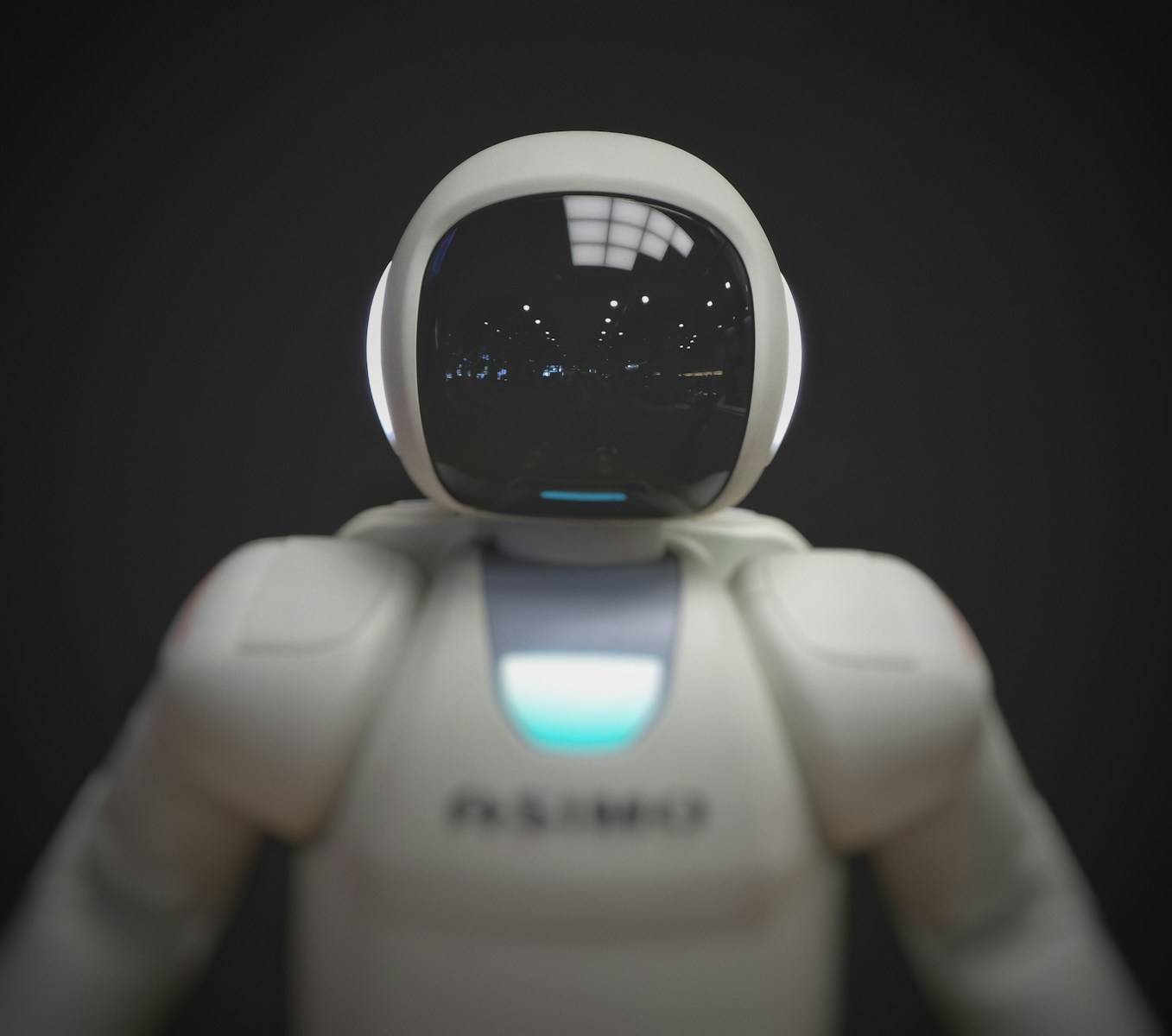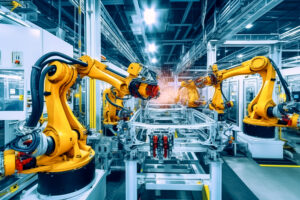In the heart of the technological revolution, Japan stands as a beacon of innovation and progress. Known for its rich cultural heritage, the country has seamlessly blended tradition with futuristic technology, particularly in the field of robotics. Japan’s robotics revolution is not merely a phase but a well-orchestrated movement towards a future where technology and human life intertwine with unparalleled sophistication. From manufacturing lines to the comfort of home living, Japanese robotics are setting global standards. This article delves into the various facets of Japan’s journey in becoming a world leader in robotics, exploring the innovations, the government’s role, educational initiatives, and the global influence of its robotic technologies.
Japan’s Robotics Revolution Begins
The inception of Japan’s robotics revolution can be traced back to the post-war era when the country embarked on a journey to rebuild its economy. Recognizing the potential of automation, Japanese industries, particularly automotive and electronics, began integrating robotics into their manufacturing processes. This early adoption spurred a wave of technological advancements that laid the groundwork for the sophisticated robotics industry Japan is renowned for today. It was in this fertile environment that Japan developed its first industrial robots, setting a global precedent in automation and efficiency.
Pioneering the Future: Japan’s Robotic Innovations
Japan’s contribution to the field of robotics is marked by a series of pioneering innovations. From humanoid robots that can mimic human expressions and movements to robotic exoskeletons designed to aid in physical rehabilitation, the spectrum of Japanese robotics is vast and varied. Innovations such as ASIMO, developed by Honda, and Sony’s AIBO, a robotic pet, have not only showcased Japan’s technical prowess but also its vision of a world where robots are companions and helpers in daily life. These groundbreaking technologies reflect Japan’s commitment to improving quality of life through robotics.
How Japan Became a Global Robotics Leader
Japan’s ascent to becoming a global leader in robotics is a testament to its strategic approach towards education, policy, and investment in R&D. The government’s proactive stance in supporting robotics through initiatives like the "Robot Revolution Initiative" has been instrumental in fostering innovation. Furthermore, Japan’s educational institutions have emphasized STEM fields, ensuring a steady pipeline of skilled professionals ready to contribute to the robotics sector. This combined with Japan’s culture of innovation and perfectionism, has positioned it at the forefront of global robotics.
The Impact of Japan’s Robotics on the Global Stage
On the global stage, Japan’s robotics revolution has set new standards in manufacturing, healthcare, and disaster response, among others. Japanese robotic technologies are renowned for their quality, reliability, and innovation, influencing industries worldwide. For instance, in the automotive sector, Japanese robotics have revolutionized assembly lines, enhancing efficiency and safety. Moreover, Japan’s leadership in robotics has encouraged global collaboration, with countries eager to adopt Japanese technologies and methodologies to improve their own industries.
Inside Japan’s Cutting-Edge Robotics Research
Japan’s commitment to robotics is further exemplified by its cutting-edge research facilities and projects. Institutions like the RIKEN Center for Advanced Intelligence Project and the University of Tokyo are at the forefront of robotics research, exploring everything from artificial intelligence and machine learning to biohybrid systems. These research endeavors are pushing the boundaries of what’s possible in robotics, ensuring that Japan remains at the cutting edge of technological advancements. Collaborations between academia, government, and industry are pivotal in driving these innovations from the lab to the marketplace.
The Role of Government in Japan’s Robotic Surge
The Japanese government plays a crucial role in the country’s robotic surge, facilitating a conducive environment for growth and innovation. Through policy-making, funding, and international collaboration, the government has been a pillar of support for the robotics industry. Initiatives aimed at integrating robotics into various sectors of the economy demonstrate the government’s vision of a society harmonized with technology. This supportive stance not only fuels domestic innovation but also positions Japan as a global leader in the field.
Japanese Robotics: Beyond Manufacturing
While manufacturing is a cornerstone of Japanese robotics, the applications of these technologies extend far beyond. In healthcare, robotic systems assist in surgeries and patient care, improving outcomes and efficiency. In the realm of personal assistance, robots offer companionship and support to the elderly, addressing Japan’s aging population challenge. Furthermore, disaster response robots have been developed to operate in environments too hazardous for humans, exemplifying the societal benefits of Japanese robotic technologies.
Tokyo’s Tech Scene: A Hub for Robotics Startups
Tokyo, Japan’s bustling capital, has emerged as a vibrant hub for robotics startups, fueling innovation and attracting international attention. This dynamic ecosystem is supported by access to funding, mentorship, and a culture that celebrates technological experimentation. Startups in Tokyo are exploring a range of robotic applications, from service robots in hospitality to advanced AI for urban living solutions, showcasing the diversity and creativity of Japan’s robotics sector.
Education and Robotics: Japan’s Vision for the Future
Education plays a pivotal role in Japan’s robotics vision, with an emphasis on nurturing the next generation of engineers, designers, and thinkers. Schools and universities across the country are integrating robotics into their curriculums, promoting hands-on learning and problem-solving. These educational initiatives are crucial in maintaining Japan’s leadership in robotics, ensuring a continuous flow of talent ready to tackle future technological challenges.
Japan’s Robotics: Blending Tradition with Innovation
Japan’s robotics revolution is a unique blend of tradition and innovation. The country’s Shinto beliefs, which imbue objects with a spirit, resonate with the development of robots that coexist with humans. This cultural perspective has shaped Japan’s approach to robotics, where machines are not just tools but entities that enhance human life. By respecting traditional values while embracing the future, Japan has created a robotics ecosystem that is both advanced and harmonically integrated into society.
The Global Influence of Japanese Robotic Technologies
Japanese robotic technologies have a profound global influence, setting trends and standards in a wide range of industries. From collaborative robots in manufacturing to assistive technologies for the elderly, Japan’s innovations are adopted worldwide, enhancing productivity and quality of life. Moreover, international partnerships in robotics R&D are fostering a global community of innovation, with Japan often at its center, guiding the conversation on the ethical and practical implementation of robotics in society.
Looking Ahead: The Future of Robotics in Japan
Looking ahead, the future of robotics in Japan is bright with promise. As the country continues to advance its technologies and explore new applications, the potential for robotics to transform everyday life is limitless. With ongoing support from the government, a strong base in education, and a vibrant startup ecosystem, Japan is poised to lead the world in the next wave of the robotics revolution. The commitment to innovation, combined with a unique cultural perspective on technology, ensures that Japan’s robotic future will continue to inspire and amaze the world.
Japan’s robotics revolution is a testament to the country’s enduring spirit of innovation and its ability to foresee the future of technology. By effectively combining its cultural heritage with cutting-edge research, Japan has not only become a global leader in robotics but also set a benchmark for how technology can be harmoniously integrated into society. As the world watches and learns, Japan continues to pioneer the path towards a future where robotics and human life are inextricably linked, promising a world of possibilities that could redefine our interaction with technology.








